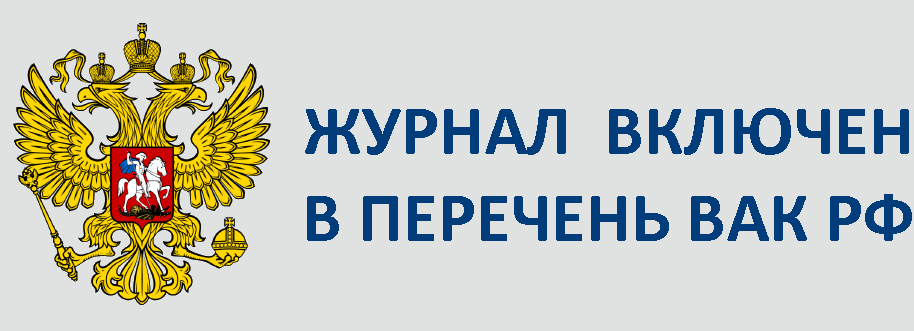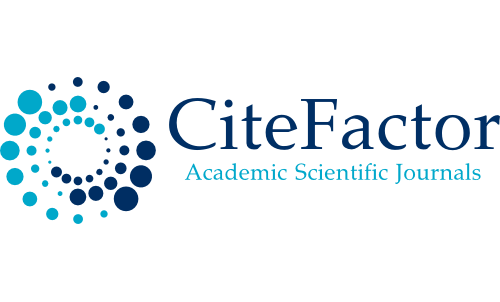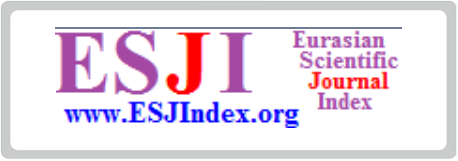№1-2019-03
DOI: https://doi.org/10.22281/2413-9920-2019-05-01-35-44
УДК 629.113
Дмитриев С.А., Ковырялова О.А.
Потоки мощности в гидродифференциальном выпрямителе момента автоматической бесступенчатой инерционной передачи
В статье рассмотрена работа гидродифференциального выпрямителя инерционного момента. Обоснована возможность и актуальность его применения в автоматических бесступенчатых инерционных передачах. Рассмотрены причины, препятствующие распространению передач инерционного типа. Приведена кинематическая схема автоматического бесступенчатого инерционного гидродифференциального трансформатора вращающего момента для городского автобуса ПАЗ-32053, выполненного на базе патента на полезную модель РФ № 119426. Рассмотрена работа инерционного гидродифференциального трансформатора вращающего момента на всех характерных режимах работы: стоповом, трансформации момента и динамической муфты. Проанализированы потоки мощности в дифференциальном ряду гидродифференциального выпрямителя момента на каждом из четырех тактов работы в режиме трансформации момента. Представлены потери в гидросистемах корпусного и выходного гидротормозов на указанных режимах работы. Выделена отличительная особенность работы гидродифференциального выпрямителя момента: силовой поток передается только механическим путем. Представлены результаты расчетов потерь на холостых тактах работы в гидросистеме инерционного гидродифференциального трансформатора вращающего момента городского автобуса для всех значений передаточных отношений. Выделены наиболее нагруженные режимы работы передачи. Приведено обоснование высокого КПД гидродифференциального выпрямителя момента во всем рабочем диапазоне.
Ключевые слова: гидродифференциальный выпрямитель момента, автоматическая инерционная передача, потоки мощности, гидросистема выпрямителя момента.
Dmitriev S.A., Kovyryalova O.A.
Power flows in the hydrodifferential torque rectifier of the automatic stepless inertial transmission
The article describes the work of hydrodifferential torque rectifier. The possibility and relevance of its application in automatic stepless inertial transmission is rationalized. This transmission is not widely disseminated due to the low reliability of torque rectifiers, consisting of a variety of designs of one-way clutch with jamming bodies. The use of liquid as a jamming body allows to eliminate this drawback. The kinematic diagram of the automatic stepless inertial hydrodifferential torque converter for a city bus PAZ-32053 made on the basis of a patent for utility model 119426 of the Russian Federation is provided. The work ща inertial hydrodifferential torque converter at all typical modes of operation is addressed: stop mode, transformation of torque and dynamic coupling modes. Power flows in the differential mechanism hydrodifferential torque rectifier on each of the four cycles of operation of the transformation of torque are analyzed. Losses in hydraulic systems of the body and output hydraulic brakes on the specified operating modes are presented. Distinctive feature of the work of hydrodifferential torque rectifier is identified: the power flow is transmitted only by mechanically, hydro-brakes only provide a short circuit to the transmission body supporting units of differential mechanism. The power flow does not flow through them under load, they perceive only the reactive flow, therefore there are no losses inherent in the volumetric hydraulic drive. The results of calculations of losses on idle stroke, hydraulic inertial hydrodifferential torque converter of a city bus for all the gear ratios are presented. The most loaded modes of transmission are identified. The substantiation of the high – up to 0.93 – efficiency hydrodifferential torque rectifier throughout the operating range inertial hydrodifferential torque converter is provided.
Key words: hydrodifferential torque rectifier, automatic inertial transmission, power flows, torque rectifier hydraulic system.
Скачать статью (файл pdf) — Download (pdf)

Это произведение доступно по лицензии Creative Commons «Attribution-ShareAlike» («Атрибуция — На тех же условиях») 4.0 Всемирная.





























